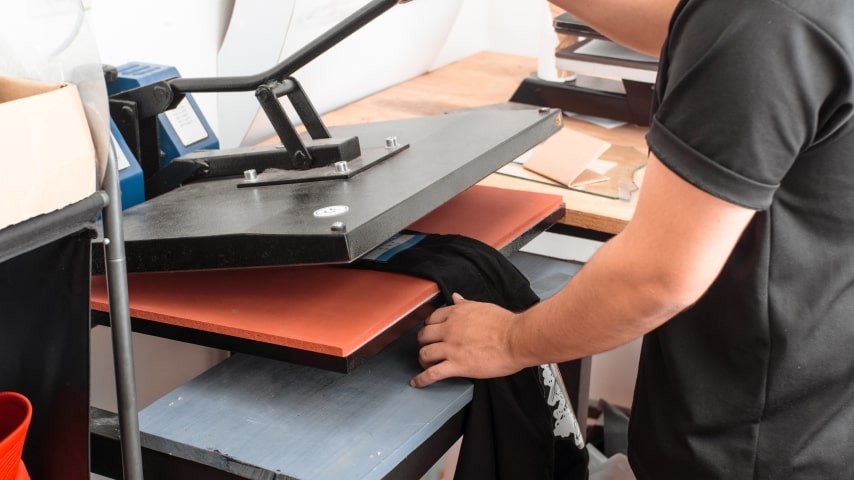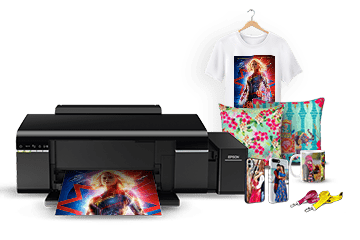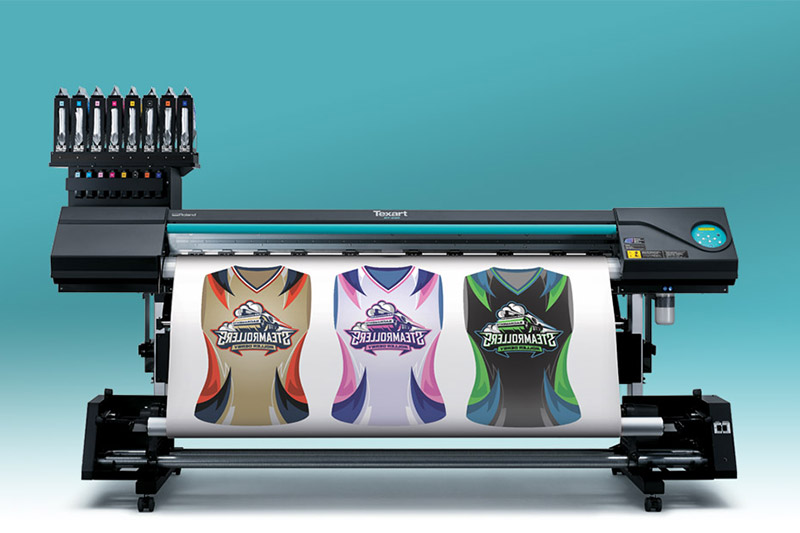Why DTF Printing is the Future of Custom Garments Production
Why DTF Printing is the Future of Custom Garments Production
Blog Article
Innovations in DTF Printing: Exactly How It's Transforming the Market
The fabric printing sector is undergoing a significant improvement, driven by the innovative advancements in Direct-to-Film (DTF) innovation. These innovations are not only boosting print high quality and adaptability however likewise streamlining the whole printing procedure. With superior ink formulas, enhanced movie and adhesive technologies, and the assimilation of automation, DTF printing supplies dynamic, durable prints on a variety of textiles, satisfying the raising demand for modification. As services look for more effective and eco-friendly solutions, the effects of these advancements call for a closer examination right into just how they are shaping the future of textile printing.
Developments in DTF Technology
Progressing quickly, DTF (Direct-to-Film) printing modern technology has gone through considerable enhancements that are revolutionizing the textile market. One of the most noteworthy developments is the enhancement in print high quality. Modern DTF printers make use of sophisticated ink formulations that cause vibrant, resilient prints with high resolution and color precision. These inks are particularly crafted for compatibility with various textile kinds, making sure consistent quality despite the product.

Furthermore, innovations in movie and adhesive technologies have actually enhanced the overall application process. New movies provide better elasticity and adhesion, improving the toughness and washability of the printed styles - Branded clothing. This guarantees that the prints preserve their honesty and vibrancy even after numerous cleans
Finally, environmental considerations have actually prompted the development of environmentally friendly DTF solutions. Producers are significantly adopting sustainable practices, such as utilizing recyclable films and water-based inks, aligning with global initiatives to reduce the sector's environmental footprint.
Advantages Over Standard Techniques
When comparing DTF printing to traditional methods such as screen printing and direct-to-garment (DTG) printing, a number of unique benefits arise. DTF printing. Among one of the most substantial advantages is its convenience in material compatibility. Unlike screen printing, which typically calls for particular fabric kinds, DTF printing can be used to a wider variety of materials, including cotton, polyester, and blends, without endangering print high quality
Another noteworthy benefit is cost-effectiveness, especially for little to medium-sized orders. Traditional screen printing becomes economically feasible only at higher quantities because of the arrangement prices included. On the other hand, DTF printing eliminates these arrangement costs, making it much more economical for smaller sets and one-off designs.
In addition, DTF printing succeeds in longevity and washability. Additionally, DTF printing offers faster turn-around times.

Improved Layout Capabilities
DTF printing provides boosted design abilities that establish it in addition to standard printing methods. This advancement permits a more comprehensive spectrum of vivid shades, detailed information, and nuanced gradients, supplying developers with unmatched flexibility. The procedure includes publishing a style onto a special film, which is then moved to material. This permits high-resolution prints that maintain quality and sharpness, even on complex patterns and little message. web link
Furthermore, DTF printing supports a broad range of fabrics, including cotton, polyester, blends, and even non-textile substratums. This versatility opens doors for creative applications in diverse industries such as fashion, home decor, and marketing products. Unlike screen printing, which can be limiting as a result of shade splitting up and stencil development, DTF printing streamlines the process, making photo-realistic and multi-color designs much more obtainable.
In addition, DTF printing excels in accomplishing consistent shade precision and vibrancy. In essence, DTF printing encourages designers to press the limits of creativity, providing visually stunning outcomes that were formerly unattainable.
Price and Time Efficiency
One of the significant benefits of DTF printing depends on its expense and time efficiency, making it a preferred selection for numerous organizations. By getting rid of the requirement for display arrangements and comprehensive pre-production processes, DTF printing considerably lowers preliminary costs. Unlike standard approaches that need considerable financial investment in screens and configuration times, DTF printing enables for direct application onto various products with minimal preparation. This decrease in configuration time equates into faster production cycles, enabling organizations to satisfy orders much more promptly.
Moreover, DTF printing masters generating short runs and custom orders cost-effectively. The ability to produce premium prints without the need for large quantity commitments reduces waste and maximizes source allotment. This versatility is specifically helpful for small companies and start-ups that may not have the helpful hints resources to purchase large production runs.
In terms of operational performance, DTF printing's structured process enhances general performance. Thus, DTF printing stands out as a transformative remedy in the printing market.
Future Trends in DTF Printing
Expecting future patterns in DTF printing discloses a landscape noted by quick technological developments and increased market need (Branded clothing). One significant pattern is the combination of expert system (AI) and maker learning algorithms to maximize print top quality and enhance procedures. AI-driven systems can anticipate possible concerns and readjust setups in real-time, ensuring consistently top quality outcome
In addition, innovations in sustainable products and environmentally friendly inks are anticipated to get traction. As environmental issues come to be extra pressing, the market is likely to see a shift towards eco-friendly and safe inks, decreasing its eco-friendly impact.
Personalization and personalization will certainly likewise play a pivotal role. With the growing consumer demand for unique, individualized products, DTF printing modern technologies are advancing to offer even more elaborate and in-depth personalization choices. This fad is sustained by improved software program remedies that permit more complex and innovative designs.
Lastly, the assimilation of DTF printing with other digital platforms and e-commerce solutions will become more seamless. This connection will make it possible for businesses to use on-demand printing solutions straight to consumers, even more driving growth in the market. These patterns collectively highlight a future where DTF printing not only meets yet goes beyond the progressing demands of the marketplace.
Final Thought

When contrasting DTF printing to conventional techniques such as click for info display printing and direct-to-garment (DTG) printing, several unique advantages arise. Unlike display printing, which typically requires certain textile kinds, DTF printing can be applied to a more comprehensive variety of materials, consisting of cotton, polyester, and blends, without jeopardizing print high quality.
DTF printing supplies boosted layout capabilities that establish it apart from traditional printing techniques. Therefore, DTF printing stands out as a transformative service in the printing sector.
Technologies in DTF printing considerably enhance the textile printing sector by offering remarkable print performance, convenience, and top quality.
Report this page